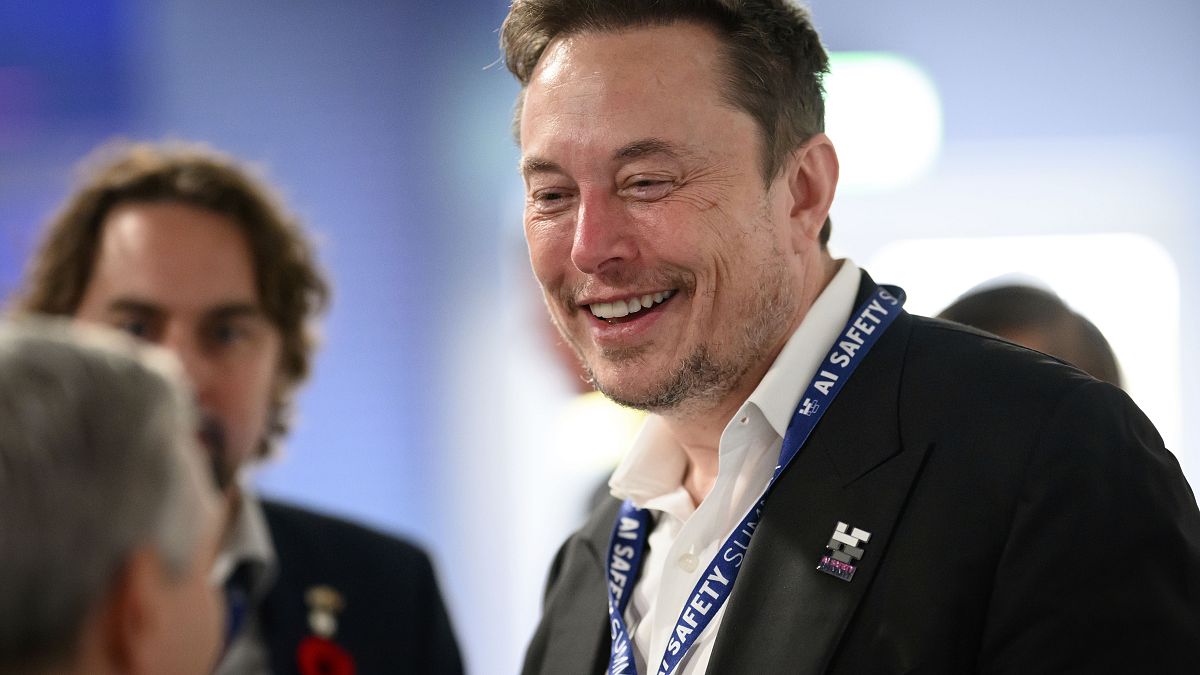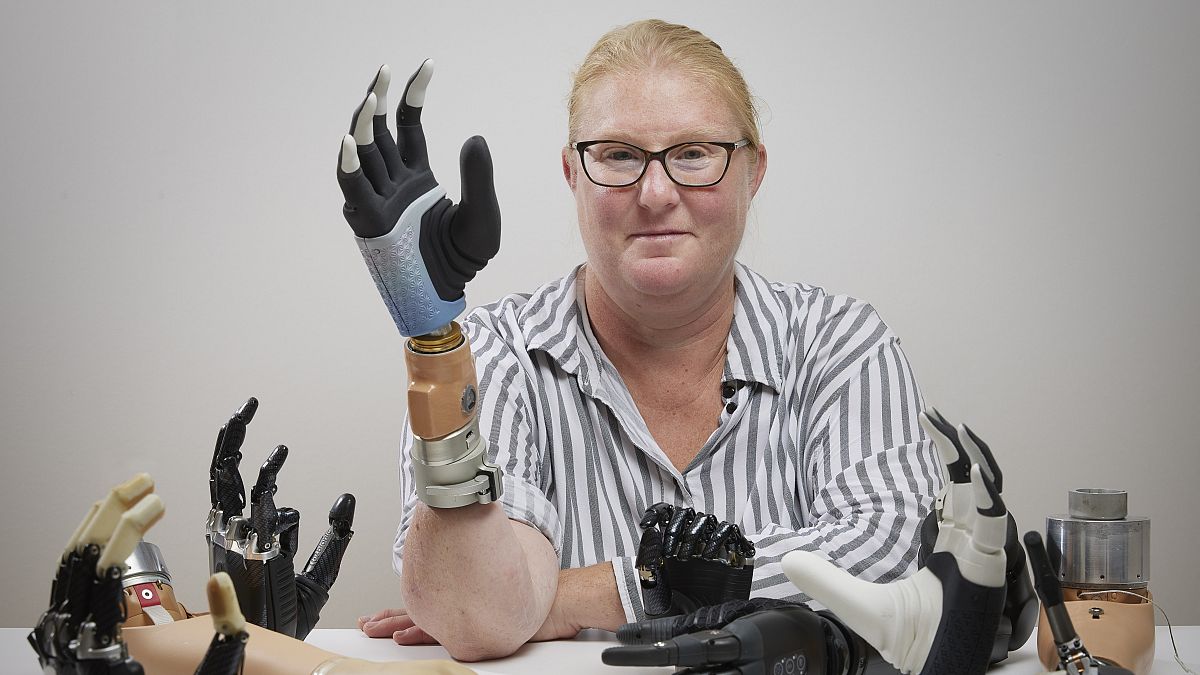Elon Musk Announces Neuralink’s First Human Brain Chip Implant

Neuralink Achieves First Human Implant
Remarkable Milestone in Brain‑Computer Interface Technology
Elon Musk announced on X that a human participant received a Neuralink implant yesterday. According to Musk, the individual is currently recovering well and showing early positive outcomes.
Key Highlights
- First human surgery for Neuralink’s brain‑computer technology.
- Immediate post‑operative recovery progress reported.
- Significant step forward for future medical applications.
Elon Musk Announces First Successful Human Neural Implant
Billionaire entrepreneur Elon Musk revealed that Neuralink has achieved a milestone by implanting its microchip into a human brain. The patient, who underwent the surgery on Sunday, is now recovering well, and initial data indicate effective neuronal spike detection.
What Neuralink Seeks to Achieve
- Integrate human cognition with computer systems.
- Offer new therapies for neurological disorders.
- Unlock expanded human capabilities for the future.
Neuralink’s stated vision is to connect brains to computers, opening pathways for medical treatment and deeper cognitive exploration.
Regulatory Progress
The U.S. Food and Drug Administration (FDA) gave the green light for Neuralink’s first clinical trial in May of last year, paving the way toward broader commercial use.
The Implant Procedure
- 64 ultra‑fine, flexible threads are implanted in a region of the brain tied to motor intention.
- Due to their delicate size, an automated robotic system places these threads.
- Each thread records and transmits electrical activity to a companion application, which interprets the user’s intended movements.
- The device draws power from a rechargeable battery that charges wirelessly.
- Neuralink plans to name its inaugural product “Telepathy.”
Telepathy: Mind‑Controlled Digitization
Musk explained on his X platform that Telepathy would enable users to operate phones, computers, and virtually any digital interface simply by thinking. The initial focus is on individuals who have lost limb functionality. He quoted the ambition, “Imagine if Stephen Hawking could communicate faster than a speed typist or auctioneer – that is our objective.”
Industry Context
Neuralink isn’t the first entrant in the brain‑computer interface arena; legacy American tech firm Blackrock Neurotech began similar trials back in 2004.
Accessibility and Future Outlook
Neuralink’s progress represents a pivotal step toward mainstream brain‑computer technology, hinting at profound clinical and societal implications.





